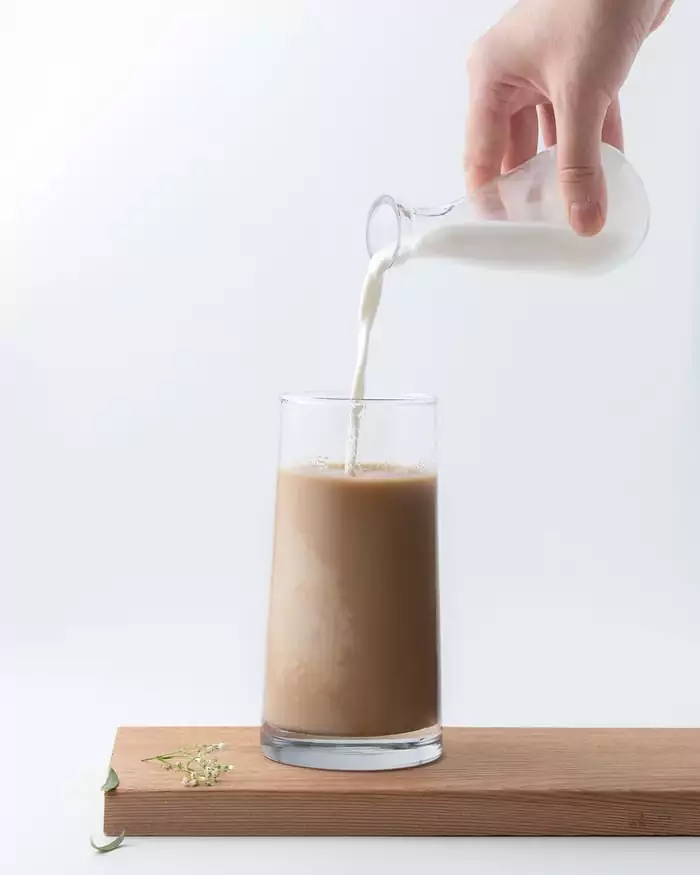Protein powders became a trend of recent times and without any limits of usage every age group is using them as a supplement. But if we dig deeper, we can understand that instead of protein, most of the protein drink mix powders that are available in the market are loaded with sugars. There are some other protein drink mix powders that say “No added Sugar” and with them we are not sure what ingredients and preservatives they use in making. If you are the one, who care about what you eat, here is a home-made protein powder for you which is loaded with the goodness of Protein, Calcium, Iron, Vitamin A, Anti-oxidants, Micro Nutrients and “No Sugars”
This Protein powder is very easy to make, safe and healthy to consume by all age groups
Protein powder for kids
Ingredients
- Mung Beans 1 Cup
- Finger Millet 1 Cup
- Barley Seeds 1 Cup
- Wheat Grains 1 Cup
- Almonds 1/2 Cup
- Cashew 1/2 Cup
- Pistachio 1/2 Cup
- Dry Dates 1 Cup (Can increase the quantity as per your sweet requirement)
- Cardamom 5
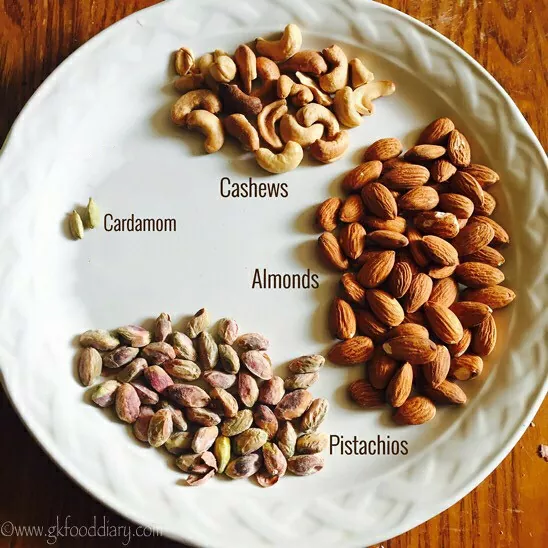
We need to sprout the seeds to start this preparation
Sprouts Preparation
- Take Mung, Finger Millets, Barley and Wheat grains in separate bowls
Wash them for 4 to 5 times to remove all the dirt, drain the water - Spread them on a cotton cloth or a paper towel to remove the excess water if any
- Now it’s time for sprouting. Follow any one of the methods explained here : The Right way of Sprouting
- Sprout them in separate containers as the time each variety of seed takes to sprout differs
- Sprouting doubles the nutritional value that these seeds otherwise contain
- The length of the each sprout should be 2.5 to 3 inches for good protein value
Once all the varieties are sprouted to a minimum of 2.5 inches on average, dehydrate them to remove all the moisture
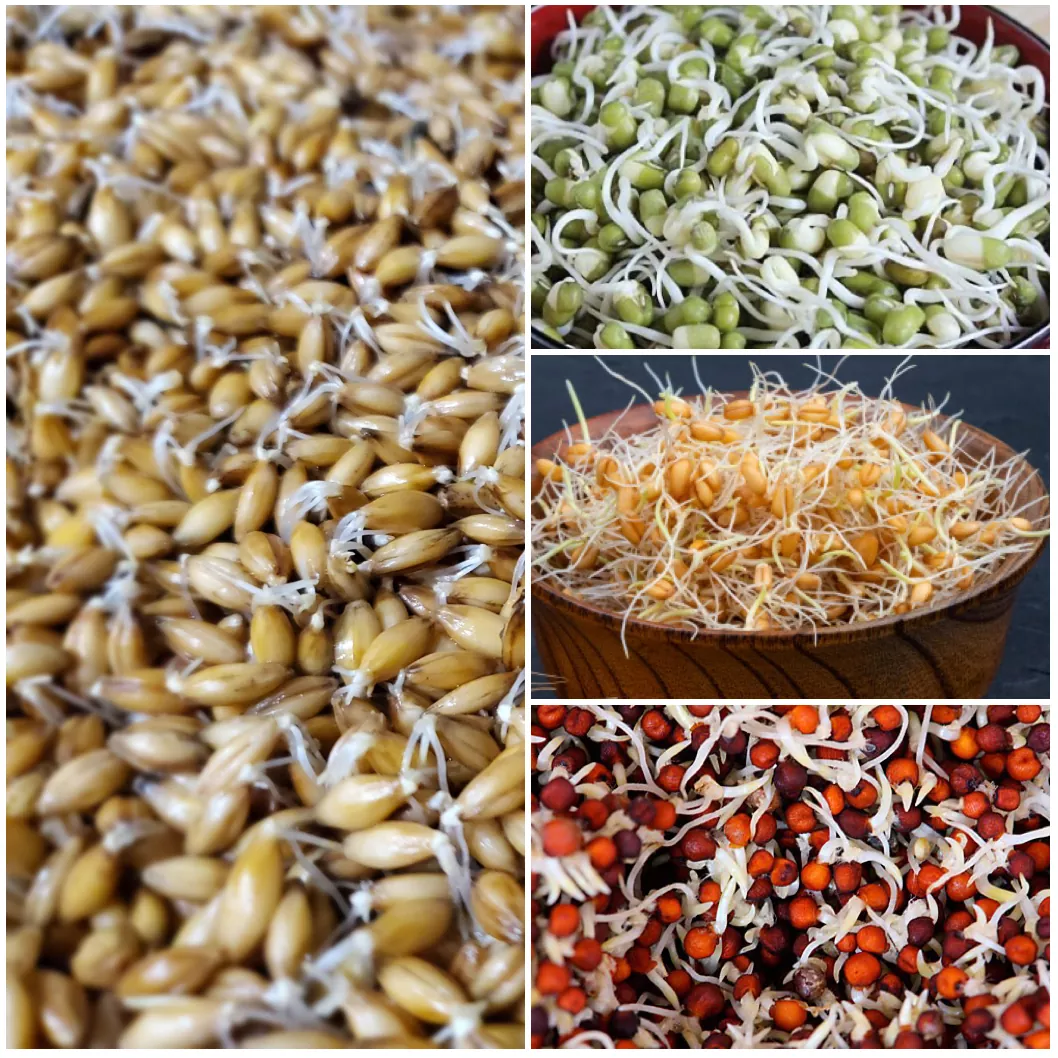
Methods of Dehydration
#1 Air Dry:
Dehydrating the sprouts in the traditional home made set up is one way of removing the moisture. But humidity and temperature are the factors that affect the drying process.
Take sheet pans and spread the sprouts in a thin layer and keep the pans in the dry and well ventilated Area. You can use Cheesecloth for covering to deter food flies and other insects.
Hanging Food Pantri Dehydrator is another tool that fastens the drying process
#2 Electric Dehydrator:
Take the dehydrator trays and spread the grains evenly. Dry them for 12-24 hours or till the sprouts are dried well. Slow drying it recommended keeping in mind the enzyme activity of the sprouts
#3 Oven Drying:
The enzyme of the sprouted grains will be lost after 113ºF, which higher than oven’s lowest temperature. Hence is not recommended. When you are left with no other dehydration methods, you can dry sprouts by setting the temperature of the oven at the lowest minimum. However, dehydration in oven happens faster than above 2 methods.
Test of Dryness:
- To make a fine powder, sprouts should be dried well. If you are a first timer and not sure whether the sprouts are fully dried or not, here is a simple method to test the dryness.
Weigh the grains before you start the sprouting process. - Again weigh them once the sprouts are dehydrated. Dried sprouts should weigh nearly the same as the grains were before sprouting.
- If you still have doubts regarding the moisture levels, dry roast the sprouts on a very low flame for 5 to 10mins. Don’t burn
Preparation of Home-made Protein powder for kids
- Dry roast Almond, Cashew and pistachio on a low flame for 5- 10 mins to remove the moisture.
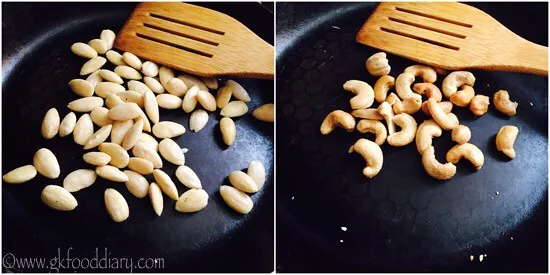
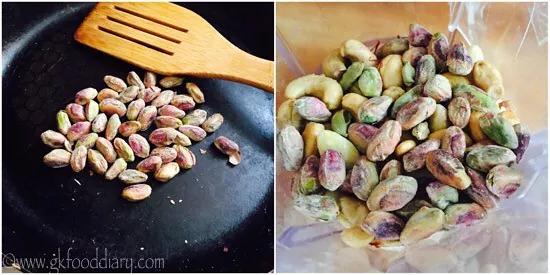
- Now make a very fine powder of all the dehydrated sprouts.
Same way, make fine powder out of Almond, Cashew, Pistachio, Dry dates and Cardamom one after the other - Sieve the powder using a Sieve, put the fine powder aside, blend the hard particles, Repeat the process until there are no hard particles left
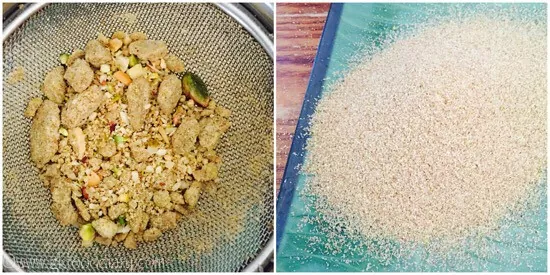
- Take a mixing bowl and transfer all these powders into it. Mix them well and transfer into an air tight container
You can store this for 60days or even longer if you refrigerate
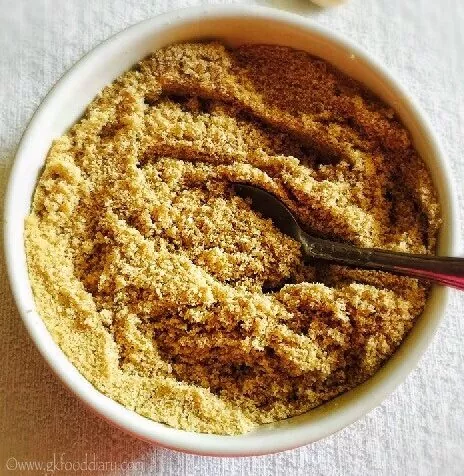
How to use:
As a Milk Powder:
- Mix it in the warm milk and give it to kids twice a day. Add Honey or sugar as per the sweetness requirements
- The good ness of protein in this powder and milk give them instant energy, sprouts and nuts give protein, anti-oxidants and micro-nutrients where as dry dates are rich in Iron. Kids will get every thing they need for their growth
For Toddlers:
- Take 100 ml of milk and let it boil.
Add 3 tables spoons of this protein powder and boil it to make a fine paste - Stir continuously not to get any lumps
- Add 1tablespoon honey and feed it to toddlers
- You can add fruit chunks for better taste
For Milk Haters:
They are some, who are allergic to milk. This is for them
- Take 1 glass of warm water
- Add 2 spoons of protein powder and have it warm
- It feels so refreshing to consume it in warm water besides getting good protein
Bottom Line!
Sprouts are rich in protein. The protein value in the grains double where as the carbohydrates reduce as seeds use carbohydrates during the process of germination. Almond, Cashew and Pistachio are rich in protein, vitamins and anti-oxidants. Dates are rich in Iron and cardamom adds flavour to the powder. This protein powder is not only healthy but tasty too. Why to rely on products which are loaded with chemicals and preservatives when we can make our own protein powder with the goodness of grains and seeds at home.
“An Old Saying- We are What We Eat”

